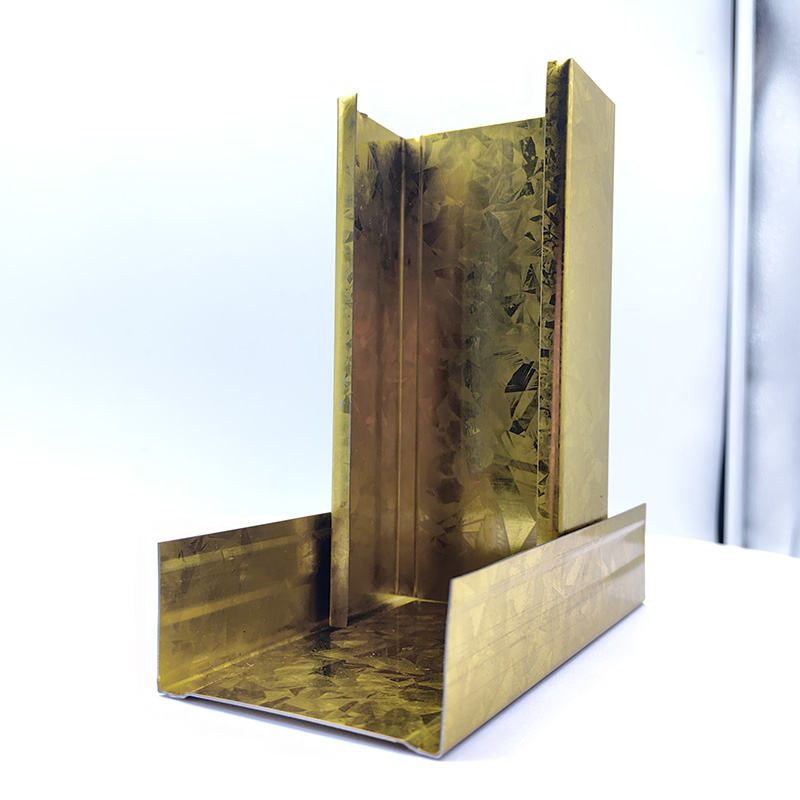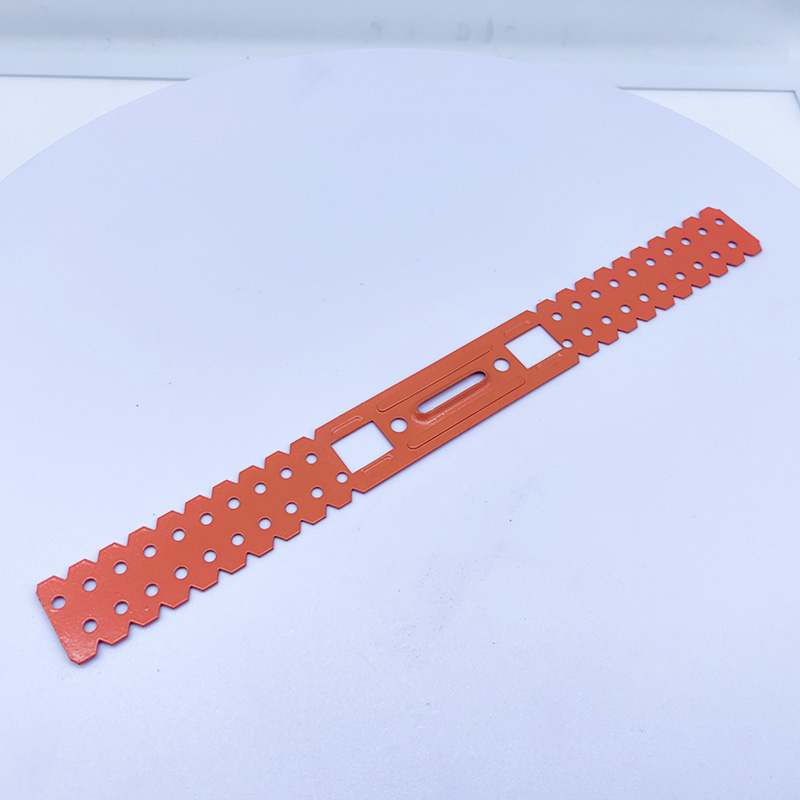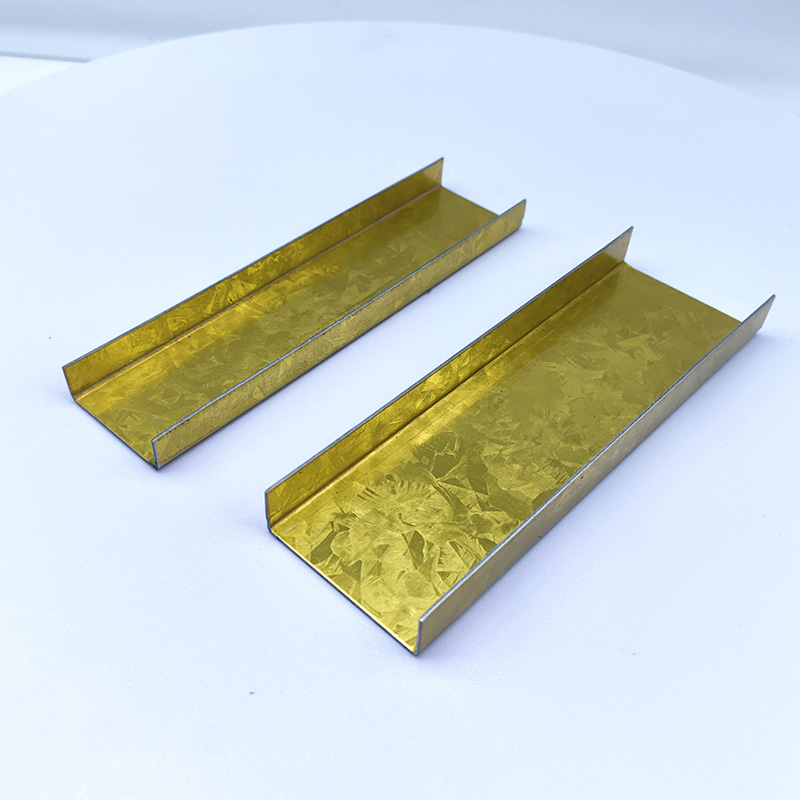Improving Earthquake Resistance in Buildings: The Key Role of Light Steel Keels
2025-03-11 14:18:46
Introduction
In earthquake-prone areas, the seismic performance of buildings is crucial. In recent years, with continuous advancements in construction technology, light steel keels have gradually been widely used in various types of buildings. Not only are they lightweight and strong, but they also significantly enhance the earthquake resistance of buildings, thereby protecting the safety and property of residents. So, what key role does the light steel keel play in improving earthquake resistance? This article will explore the seismic advantages of light steel keels and their applications in buildings.
What is a Light Steel Keel?
A light steel keel is a building framework material made from galvanized steel plates that are cold-formed. It is typically used to support structures such as ceilings and partition walls. Compared to traditional wood and aluminum alloy keels, light steel keels offer stronger seismic resistance, compressive strength, and corrosion resistance. The structure of the light steel keel is both strong and flexible, effectively enhancing the overall stability of the building, especially playing a crucial role in earthquake-resistant design.
How Do Light Steel Keels Improve Building Seismic Performance?
Reducing Building Weight to Decrease Seismic Force One important feature of light steel keels is their lightweight nature. Compared to traditional wood or other metal keels, light steel keels have a much lower self-weight, significantly reducing the overall weight of the building. This is especially important during an earthquake because seismic forces are proportional to the building's weight. By using light steel keels, the building's weight can be effectively reduced, thus lessening the impact of seismic forces on the structure.
Improving the Structure's Toughness and Ductility Light steel keels not only have high strength but also exhibit good toughness and ductility. During an earthquake, the building structure will experience deformation. The flexibility of the light steel keel allows it to absorb and release seismic energy, reducing damage to the building's structure. Especially in strong or sustained tremors, the keel's excellent toughness can effectively prevent severe damage to the building.
Enhancing Building Structural Stability With precise design and installation, light steel keels can greatly enhance the stability of the building structure. During an earthquake, the light steel keel can quickly transfer seismic forces to other parts of the building, and through the integrity of the structure, it resists the damage caused by vibrations. The connection method and construction accuracy of the keel directly influence its seismic performance. A reasonable keel layout enhances the building's earthquake resistance.
Improving Building Deformation Resistance Buildings often suffer both lateral and vertical forces during an earthquake, leading to irregular deformations. The installation design of light steel keels can effectively distribute these forces, allowing the building structure to bear the load evenly, thus avoiding localized instability and deformation. Furthermore, light steel keels have strong bending and shear resistance, which helps the building resist deformations during an earthquake, maintaining the stability of its form.
Applications of Light Steel Keels in Seismic Design
Seismic Walls and Partitions In modern building design, light steel keels are commonly used to create seismic walls and partitions. By reasonably designing the structure of the walls and arranging the keels, light steel keels can significantly enhance the seismic resistance of the walls, preventing cracks or collapse during seismic activity. Particularly in high-rise buildings, using light steel keels for seismic wall design can effectively improve the overall seismic performance of the building.
Ceilings and Roof Systems Ceilings and roofs are among the parts of a building most affected by seismic waves. Due to their excellent earthquake resistance, light steel keels are often used to support ceiling and roof systems. They not only improve the stability of ceilings but also prevent falling or deformation during an earthquake. This is particularly important in public buildings and commercial buildings with high foot traffic, where light steel keel ceilings can effectively protect the safety of people.
Seismic Renovations of Residential and Commercial Buildings In the seismic retrofitting of older buildings, light steel keels are widely used for structural reinforcement. By adding light steel keel supports within the building, the seismic performance can be significantly enhanced, improving the overall stability of the structure. Especially in buildings that require additional floors or extensions, installing light steel keels can effectively boost earthquake resistance and ensure that the new sections integrate well with the original structure.
Applications in High-Rise Buildings High-rise buildings, due to their many floors and complex structures, require particularly careful seismic design. The use of light steel keels in high-rise buildings can effectively reduce the weight of the building while maintaining structural strength and stability. Through proper layout and installation, light steel keels can help disperse seismic forces during an earthquake, mitigating the impact of vibrations on the building.
Other Advantages of Light Steel Keels Apart from earthquake resistance, light steel keels also offer the following benefits:
1. Corrosion Resistance: Light steel keels are made from galvanized steel, which effectively prevents rust and corrosion, making them suitable for various environments, especially in humid and rainy regions.
2. Environmental Friendliness: Light steel keels are recyclable green building materials that comply with modern construction’s environmental standards.
3. Ease of Construction: The installation process for light steel keels is straightforward, with shorter construction periods, reducing project timelines and saving on labor costs.
Future Prospects of Light Steel Keels in Construction As global earthquake resistance standards continue to rise, the role of light steel keels in earthquake-resistant building design will become even more significant. In the future, with ongoing technological advancements, the manufacturing processes and seismic performance of light steel keels will be further optimized. In line with trends in green building and sustainable development, light steel keels will continue to play a vital role not only in earthquake resistance but also in energy efficiency and environmental impact reduction in the construction industry.
Conclusion As a modern building material, light steel keels, with their lightweight, high strength, and earthquake resistance, play a crucial role in enhancing the seismic performance of buildings. Whether in residential, commercial, or high-rise buildings, light steel keels effectively improve earthquake resistance and reduce safety risks from seismic events. As the construction industry continues to prioritize earthquake-resistant designs, the application prospects for light steel keels will be even broader, making them an indispensable material in future construction.
Frequently Asked Questions (FAQ)
How do light steel keels improve seismic performance?
Light steel keels improve seismic performance by reducing building weight, enhancing structural toughness, and improving deformation resistance.
Is the installation process of light steel keels complex?
The installation of light steel keels is relatively simple, with high construction efficiency, suitable for various environmental applications.
What types of buildings are suitable for light steel keels?
Light steel keels are suitable for residential, commercial, industrial, and high-rise buildings, particularly in earthquake-prone areas.
How good is the corrosion resistance of light steel keels?
Light steel keels are made from galvanized steel, providing excellent corrosion resistance, making them ideal for humid environments and ensuring long service life.
Do light steel keels meet green building standards?
Yes, light steel keels are an environmentally friendly material, meeting green building standards, with recyclability and low environmental impact.

A Double Anti-Rust Gold Partition Wall Stud is a type of steel stud commonly used in the co...

A CD UD Profile Furring Clip U Clamp is a type of metal fastening component used in the ins...

A 60mm Ceiling Grid refers to a type of suspended ceiling system, commonly used in commerci...

38mm Main Tee and 50mm Main Tee refer to the widths of the main tee profiles used in suspen...

